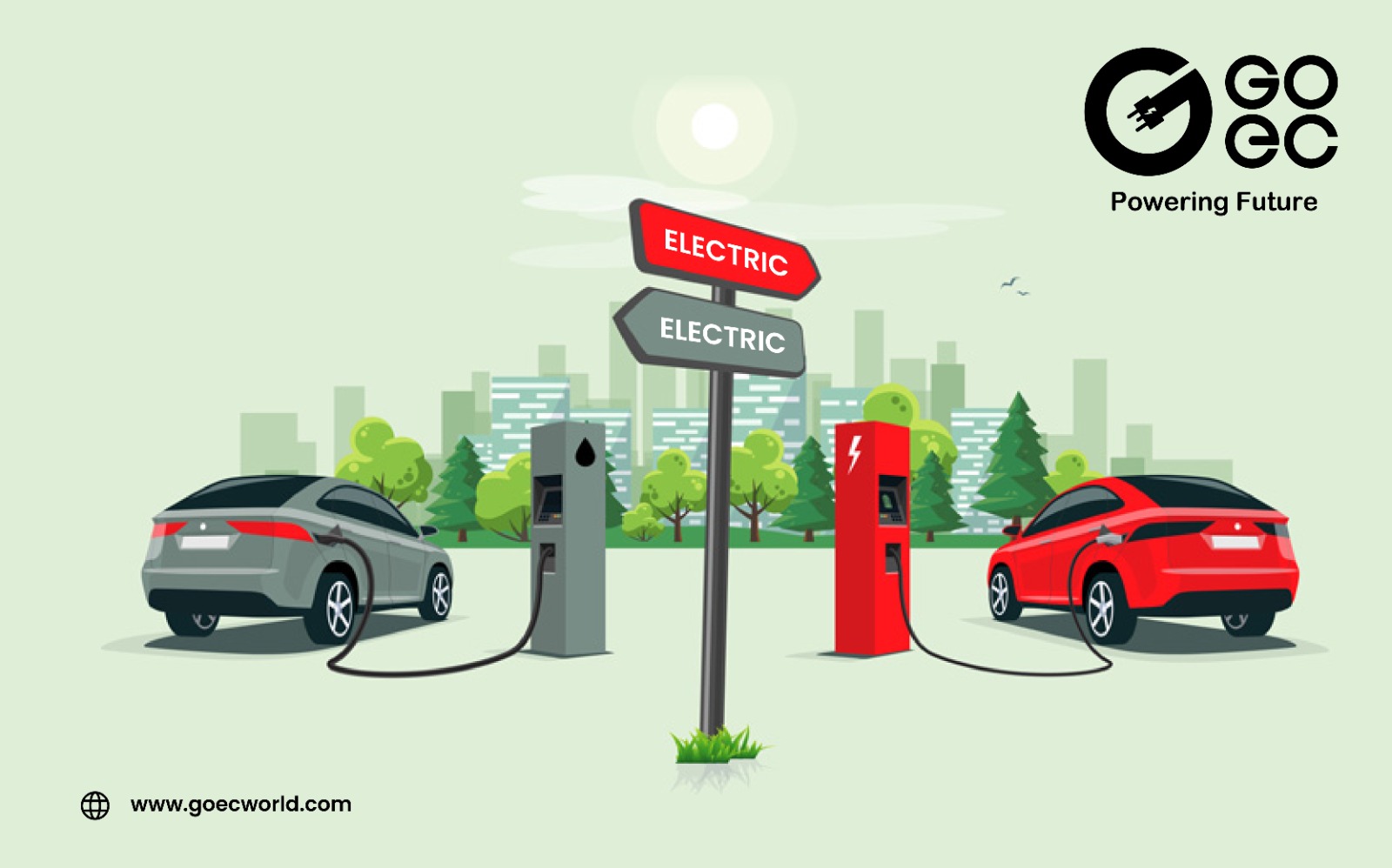The automotive landscape is undergoing a radical transformation, and at the forefront of this revolution are electric vehicles (EVs). In this electrifying journey into the future, we’ll explore the latest technological marvels reshaping the realm of EVs.
1. Solid-State Batteries: Powering the Next Generation
Solid-state batteries represent a paradigm shift in EV technology. Unlike traditional lithium-ion batteries, solid-state batteries use solid electrolytes instead of liquid electrolytes. This design offers several advantages, including higher energy density, which means more energy storage in a smaller space. The result is increased driving range for electric cars. Additionally, solid-state batteries facilitate faster charging times and improved safety, addressing concerns related to overheating and fire risks associated with some lithium-ion batteries.
2. Wireless Charging: Cutting the Cord
Wireless charging eliminates the need for physical charging cables. Instead, it relies on electromagnetic fields to transfer energy between a charging pad on the ground and a receiver on the electric vehicle. This technology not only provides convenience for EV owners but also streamlines the charging process. By simply parking over a charging pad, drivers can initiate the charging process without plugging in, offering a glimpse into a future where the act of charging becomes seamlessly integrated into daily routines.
3. Vehicle-to-Grid (V2G) Integration: Beyond the Drive
Vehicle-to-Grid (V2G) technology transforms electric vehicles into more than just means of transportation. With V2G integration, EVs can not only draw power from the electrical grid but also feed excess energy back into it. This bidirectional flow allows electric cars to act as mobile energy storage units. It not only enhances the overall efficiency of the energy grid but also positions electric vehicles as active contributors to a dynamic and sustainable energy ecosystem.
4. Advanced Materials and Lightweighting: Efficiency Redefined
Efficiency gains in EVs extend beyond their power sources. The use of advanced materials such as carbon fiber and aluminum in manufacturing contributes to lightweight design principles. This reduces the overall weight of the vehicle, leading to improved energy efficiency and extended driving range. The incorporation of these materials also enhances structural strength, safety, and performance, marking a departure from conventional manufacturing approaches.
5. Artificial Intelligence in EVs: Smart Rides, Smarter Roads
Artificial Intelligence (AI) is revolutionizing the driving experience in electric vehicles. From predictive maintenance that anticipates and addresses potential issues before they occur to adaptive cruise control systems that optimize driving in real-time, AI enhances both the safety and intelligence of EVs. Moreover, the development of autonomous driving capabilities is pushing the boundaries of self-driving technology, promising a future where electric vehicles are not just smart but capable of navigating roads autonomously.
In conclusion, these innovations collectively propel the electric vehicle industry into an era of unprecedented possibilities, redefining how we perceive and interact with transportation. As these technologies continue to evolve, the future of electric vehicles appears charged with potential, promising a cleaner, more efficient, and intelligent automotive landscape.
